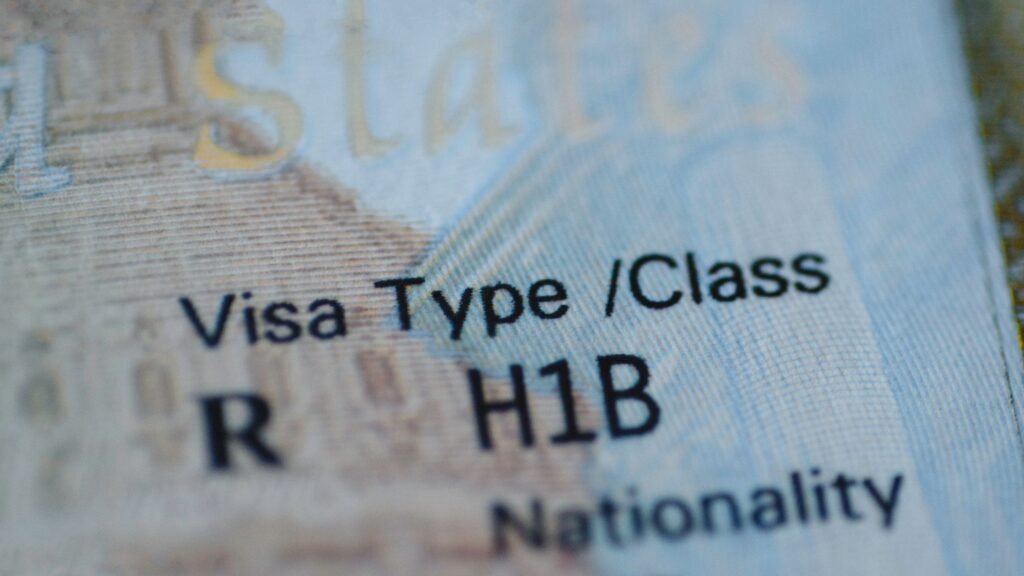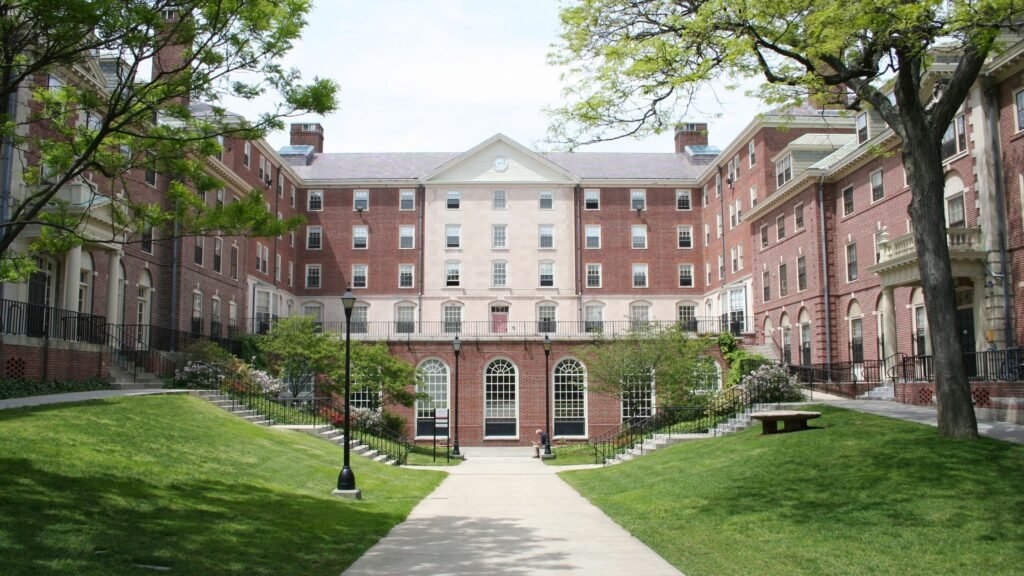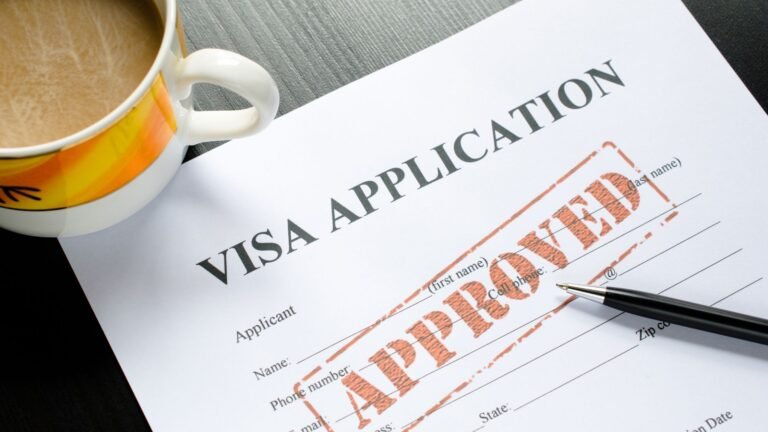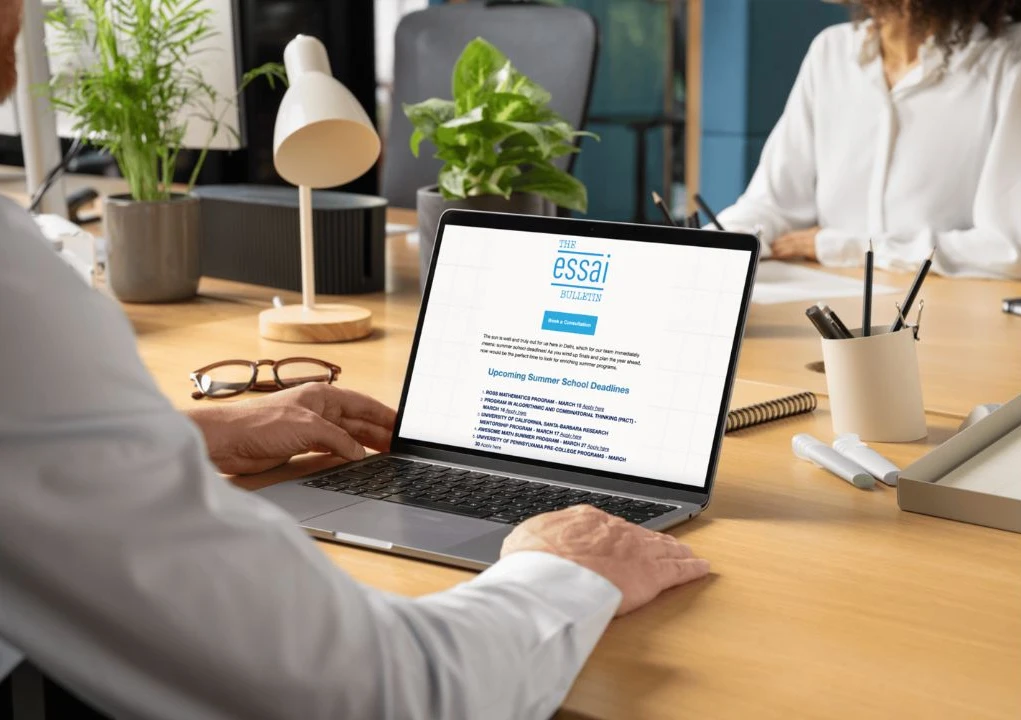For Indian students aspiring to pursue STEM degrees at the Ivy League and top U.S. universities, 2025 brings a wave of both optimism and uncertainty.
Recent visa reform proposals have the potential to significantly alter the post-study work landscape, especially for STEM graduates who’ve long relied on the OPT (Optional Practical Training) and H-1B pathways.
But how exactly are these reforms reshaping the journey of a high-achieving student from India? Let’s break it down.
1. STEM OPT Extension: Still a Strategic Window, but More Competitive
As of 2025, the STEM OPT extension, which allows eligible graduates to work for up to three years, remains in place. However, recent adjustments by the Department of Homeland Security (DHS) have tightened employer criteria and compliance requirements.
This makes it even more critical for students to align their academic projects and internships with recognized employers in cutting-edge fields like AI, biotech, and data science.
Students engaging in hands-on innovation, such as those building AI-centred capstone projects with guidance from PIPPAMS, are now better positioned to secure relevant employment that complies with OPT guidelines.
2. H-1B Lottery Changes: A Shift Toward Skill-Based Prioritization

The H-1B lottery system, which has historically been a bottleneck, is undergoing revisions to become a more merit-based selection process. The U.S. Citizenship and Immigration Services (USCIS) has hinted at assigning preference to applicants based on wage levels and U.S. master’s degree holders, especially in fields tagged as critical to national security and innovation.
This means the Ivy League STEM degrees, research involvement, and high-impact activities now carry even more weight.
Students should prioritize research-based summer internships, such as the DST-CII India Science and Technology Internship Programme or roles with TERI, which blend applied learning with sustainability goals.
3. Spotlight on AI, Cybersecurity, and Climate Tech

The U.S. CHIPS and Science Act, along with new visa frameworks like the proposed High-Skilled Immigrant Visa Act, is fueling demand for expertise in national-priority sectors.
If you’re interested in quantum computing, climate modeling, or ethical AI, your academic portfolio could be more future-proof than you think.
Ensure that your activities align with this, including lab assistant roles, research papers, or digital media projects with a social impact, as highlighted in this guide to the Ivy League.
And if you’re still in high school, you can build such credentials through early initiatives like virtual lab internships listed on PIPPAMS, or explore collaborative platforms like the India Science Festival, which helps students develop policy-adjacent ideas.
4. Visa Filing Transparency: Good News for Families
One reform that’s helping international families breathe easier: USCIS now mandates real-time updates and digital tracking of visa applications. This enables faster and more transparent communication between schools, legal teams, and families.
Parents who worry about their child’s immigration pathway after graduation now have more clarity and can plan financial support accordingly.
A helpful breakdown is available via NAFSA’s recent visa reform coverage, which outlines transparency requirements for all major F-1 to H-1B transition phases.
5. What This Means for Ivy-League-Bound Students in 2025

Here’s the takeaway: The U.S. remains a top destination for global STEM talent, but the rules of the game are changing. The value of a well-rounded, innovation-focused the Ivy League application has never been higher, especially when it includes:
- Proof of real-world impact via research or startups
- A global outlook on problem-solving
- Policy awareness and civic fluency
- Commitment to long-term contributions in the U.S. economy
That’s where mentorship ecosystems like Essai’s long-term admissions support can help you design a strategy rooted in impact, not just grades.
Whether it’s exploring summers at Swiss boarding schools that shape STEM independence or publishing research via mentorship, your profile must demonstrate foresight.
You’ll find similar advice in Essai’s article on How to Choose the Right Boarding School in Switzerland, a great example of early planning for long-term goals.
And for those ready to build standout projects, platforms like PIPPAMS can match you with opportunities to lead community-based STEM clubs or assist in organizing local science festivals, all of which are highly valuable for the Ivy League resumes and U.S. university portfolios.
6. Visa Fees and Processing Times: What Families Should Prepare For

Another ripple effect of the 2025 reforms is a notable increase in visa processing fees, particularly for the F-1 and H-1B categories. While not yet final, proposed hikes could raise the cost of an H-1B application from $460 to over $780, alongside higher I-129 filing fees.
These changes aim to support modernization but will also impact budgeting for middle-income families planning multi-year study paths.
Students need to understand these costs early, especially if they’re applying for financial aid or fellowships. Many students working with PIPPAMS-led research clubs have reported improved clarity around planning, thanks to early guidance on timelines, visa steps, and document preparation.
The new rules also bring longer adjudication times, which makes starting applications earlier not just smart but necessary.
7. Evolving Opportunities for Non-STEM and Interdisciplinary Students
While recent U.S. visa policies continue to highlight STEM innovation, there’s also growing recognition of the role that interdisciplinary and creative thinkers play in technology, communication, and policy.
Humanities, social sciences, and design fields are increasingly contributing to emerging areas like AI ethics, sustainability communication, behavioural economics, and tech policy.
Students from non-STEM backgrounds can stand out by blending analytical and creative skills through projects, internships, or research collaborations.
For instance, a Philosophy major exploring AI ethics or a Political Science student researching climate data visualization can demonstrate adaptability a quality both Ivy League schools and U.S. employers value deeply.
Essai encourages this kind of cross-domain work, as showcased in Digital Media Projects That Show Ivy Schools Your Voice and Vision, where creativity meets academic depth.
8. U.S. Universities Are Becoming More Involved in Visa Advocacy
On a positive note, the Ivy League and top-tier universities are taking a more active stance in visa reform discussions. Schools like MIT and Stanford have been vocal in defending international students as vital contributors to the U.S. innovation economy.
This advocacy has led to university-supported visa application workshops, legal resources, and enhanced employer-university partnerships.
Students who establish relationships with university advisors, department heads, or program mentors early on often receive better support throughout the OPT and H-1B processes.
At Essai, we strongly recommend that students choose colleges with proven international student support systems. A great way to assess this is by speaking with current international students or browsing visa-specific resources on university websites, such as the Harvard International Office or Columbia ISSO.
Conclusion: Navigate Reforms, Don’t Fear Them
2025’s U.S. visa reforms are not roadblocks; they are signals of realignment. They’re advising Indian STEM students to be more intentional, strategic, and policy-aware in shaping their academic journey.
The good news? You don’t have to navigate this alone.
With clear timelines, focused impact-driven projects, and the right mentorship, like the kind offered through Essai’s long-term application support, you can still turn these changes into advantages.
Start early. Think globally. And don’t just follow the path, design it.
Remember the Ivy League admissions committees are not just assessing who you are at age 17, they’re evaluating who you could be at 27, and how U.S. policy shifts might accelerate or shape that growth.
Understanding visa reforms now gives you a strategic edge. With the right mentorship, clarity of direction, and the courage to design your own learning journey, 2025 could be the year you don’t just apply, you lead.
FAQs
1. Are Ivy League colleges aware of U.S. visa reforms?
Yes. Admissions offices are closely aligned with shifts in visa policy and often adjust their selection priorities accordingly, especially for international STEM applicants.
2. Do these reforms apply to undergrad applicants or just grad students?
They impact both directly for grad students and indirectly for undergrads who plan long-term careers in the U.S. It’s smart to plan ahead.
3. Should I mention U.S. policy in my SOP or essays?
Only if it’s relevant to your story, don’t center your application around it, but it’s acceptable to reference your long-term vision in alignment with policy or career goals.
4. What counts as “project-based learning” for visa or Ivy apps?
Anything that shows you applying concepts to solve real-world problems: robotics builds, climate research, tech blogs, public health data analysis, and more.
5. Can I apply for STEM internships in India while in high school?
Absolutely. Many start-ups and research labs offer mentorship programs or project-based roles. These can significantly boost your the Ivy League candidacy and align with U.S. training expectations.


